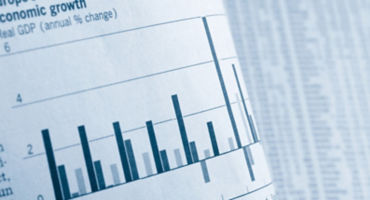A closer look at the results
Beyond the quantitative technique, these results also make intuitive sense, as it is easy to draw parallels between these historical periods and today. For example, in both early 2001 and late 2018, markets were worried about a possible recession as a result of the Fed aggressively hiking interest rates. From 2000 to 2001, the Fed was determined to cool the economy following a period with a significantly overvalued stock market, which induced a mild recession starting in March 2001. And just like today, volatility (VIX) was elevated, the yield curve was flat, value stocks and EM stocks were outperforming, and the US dollar was strong. The main difference was the significant outperformance of small-cap stocks that we saw in 2001 coming out of the dot-com crash. Late 2018 also looks very similar to today using this framework: Markets were worried about a slowdown in global economic growth and the possibility that the Fed was raising interest rates too quickly.
The end of 2008, the third most similar period, was slightly different from the other periods in that a global recession was ongoing and central banks were lowering rates, as evidenced by the yield-curve steepness in the bottom chart in Figure 1. We also saw strong underperformance in EM equities, which is different from what we have seen the last few months.
Once we have identified the most similar periods, we can see what might happen next if history repeats itself (with the usual caveat that history does not guarantee future results!). Figure 2 plots the market returns 12 months after each of these similar periods, and a weighted average based on the level of similarity.












Japan equity: Reason to believe
Continue readingBy
Toshiki Izumi, CFA, CMA